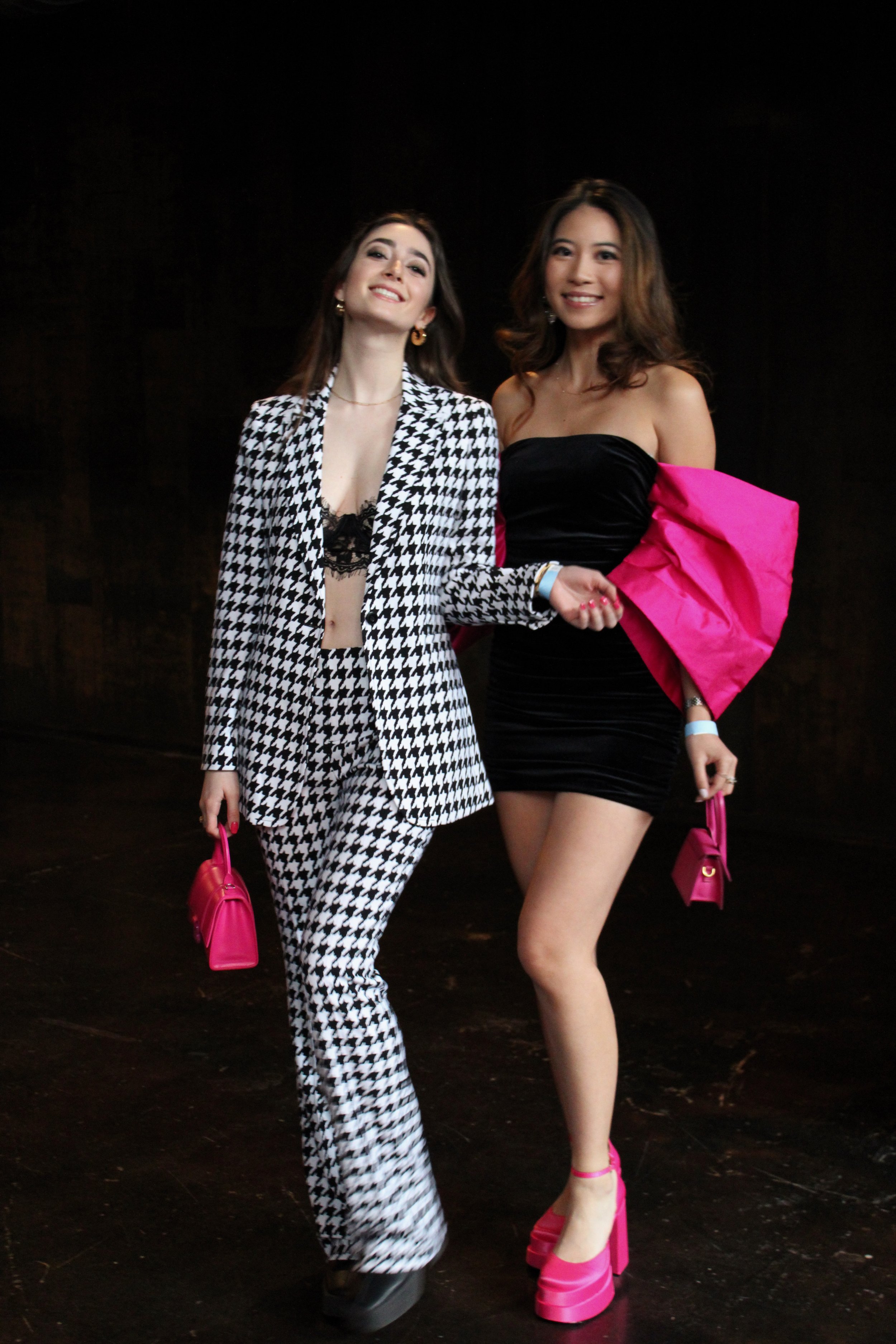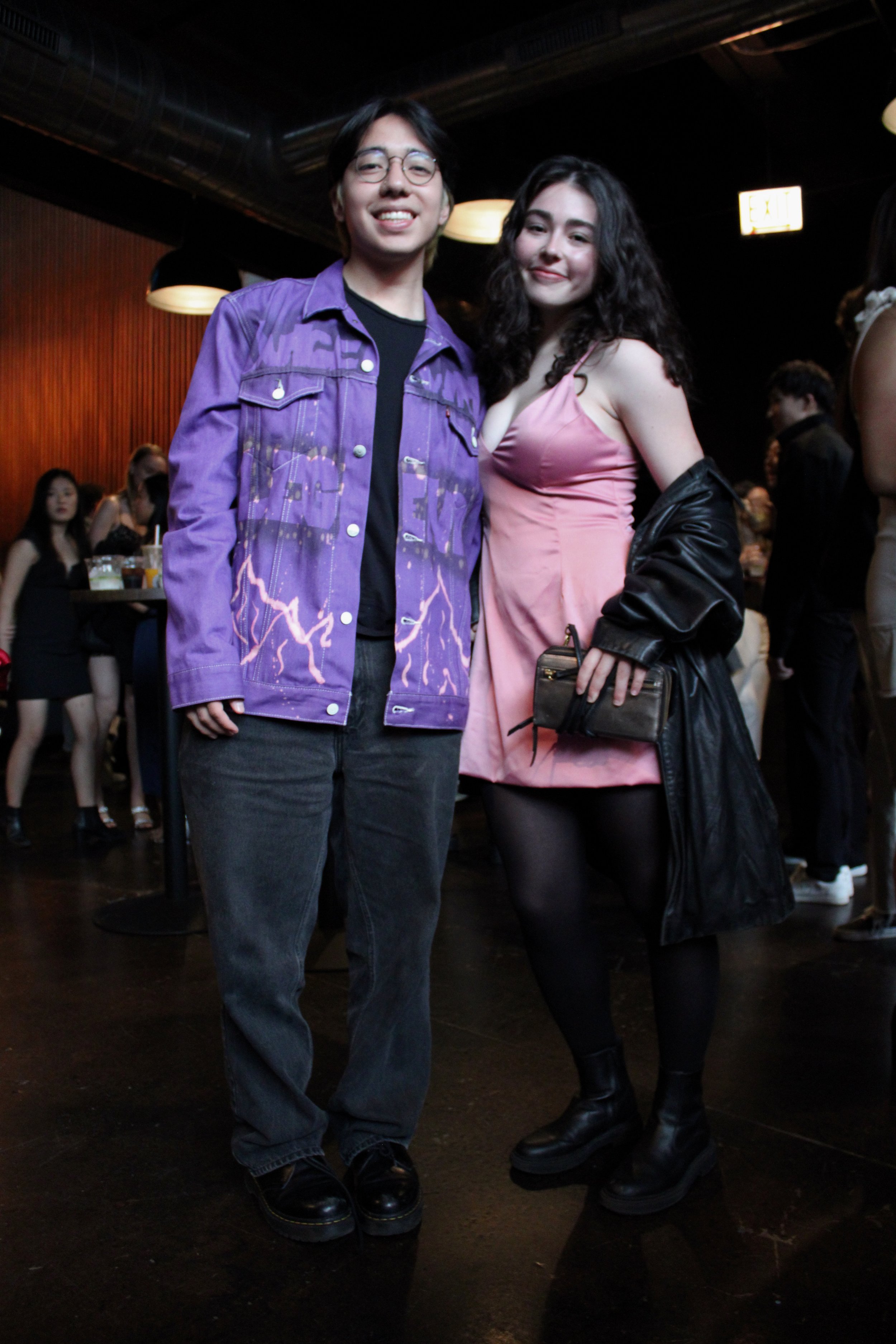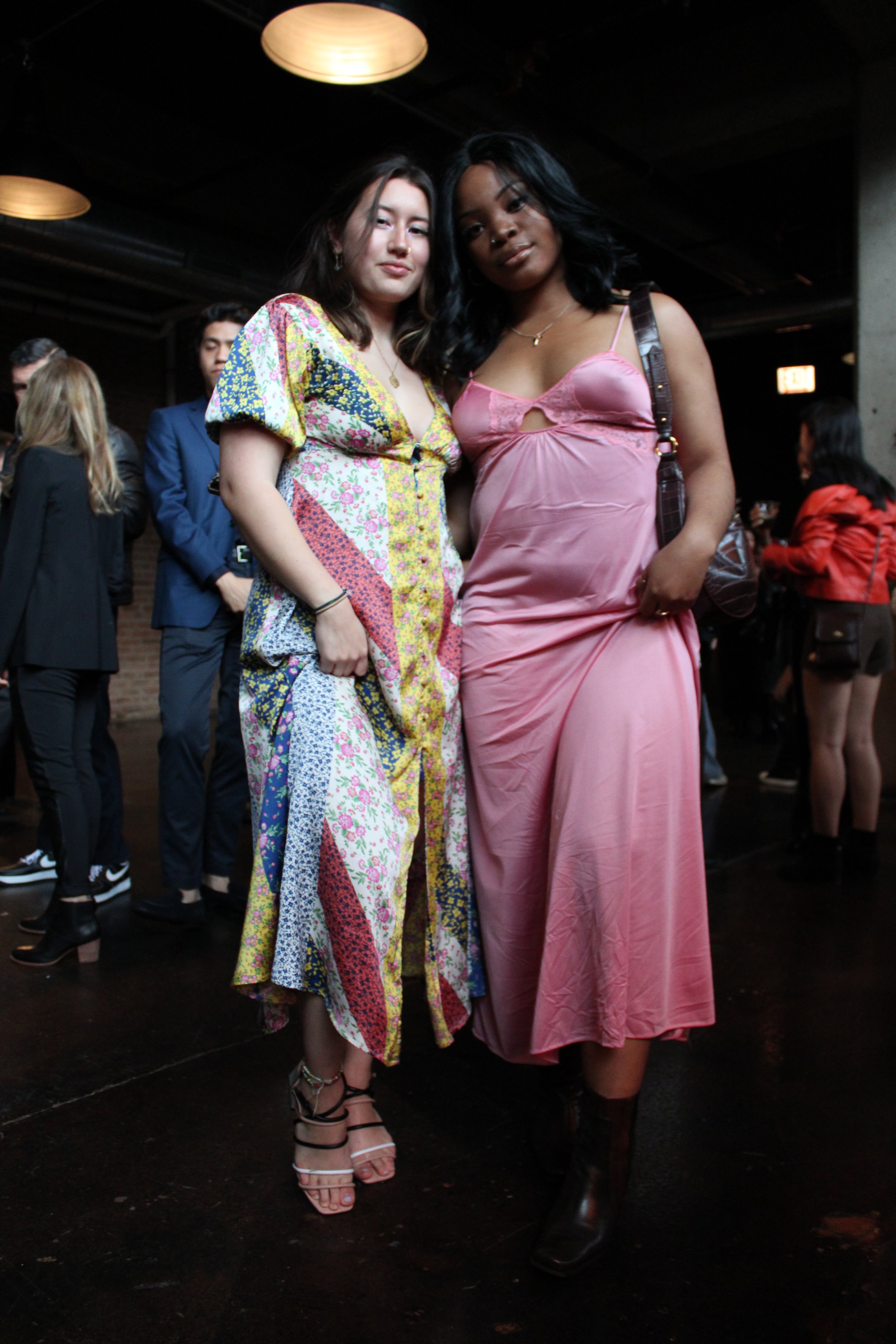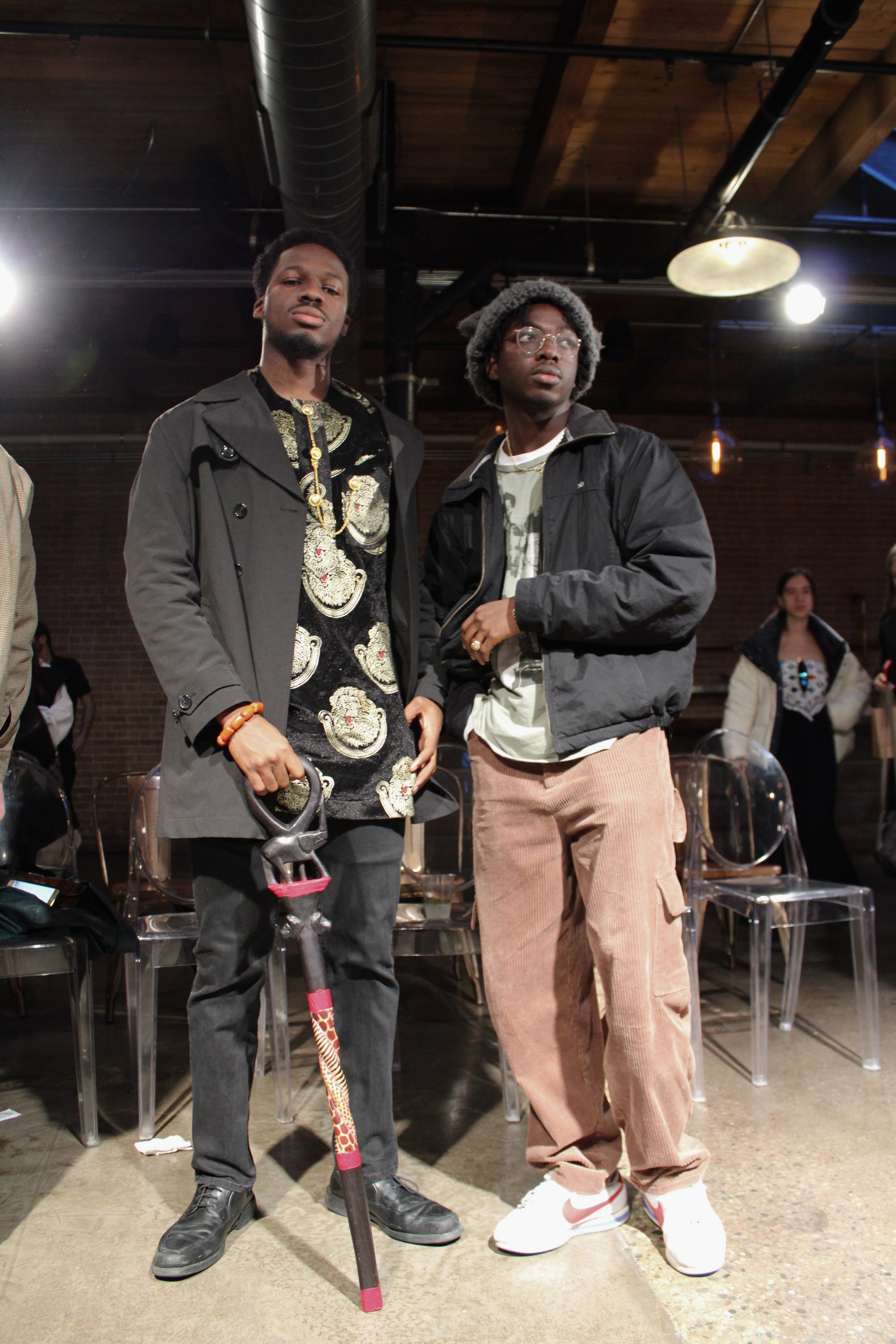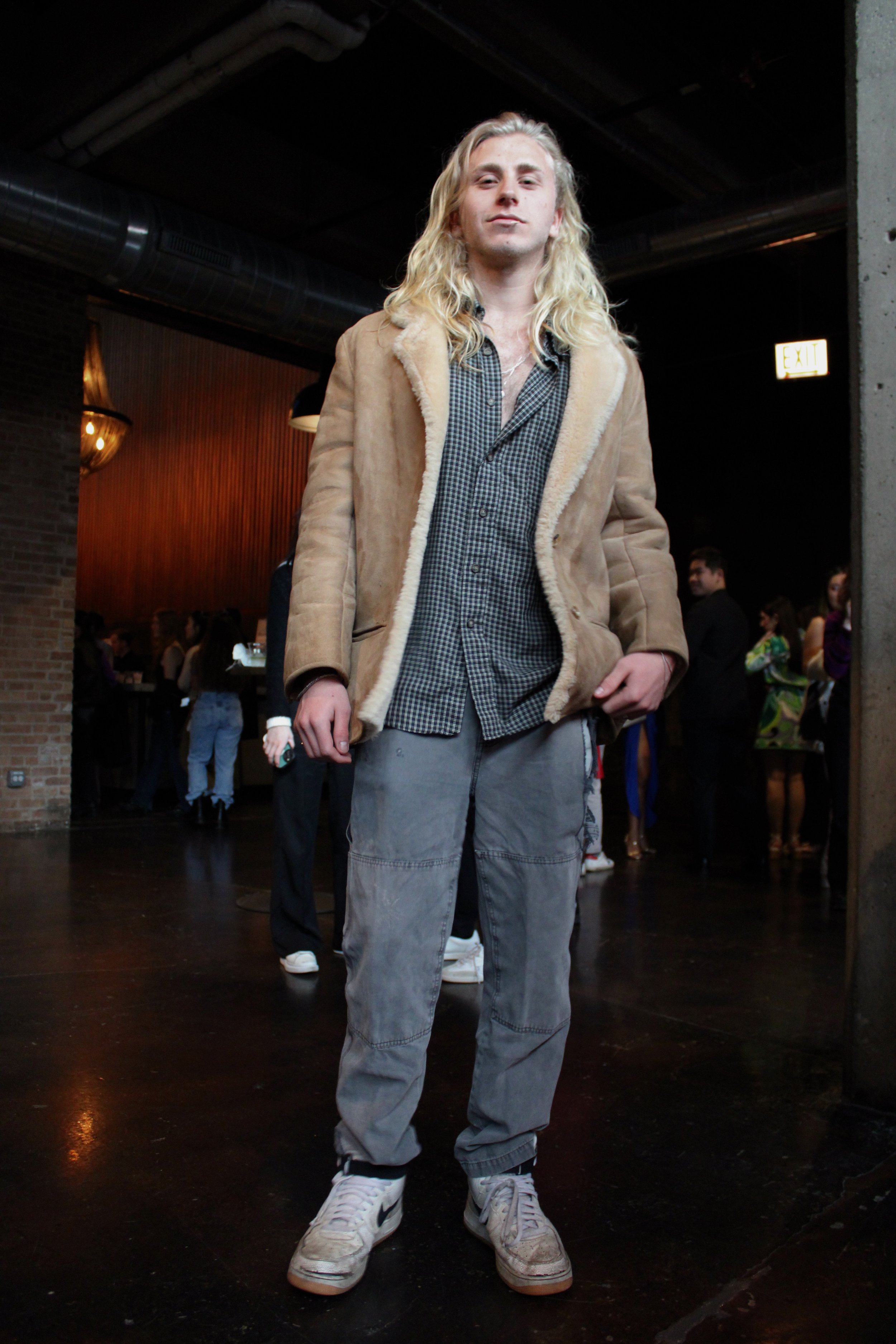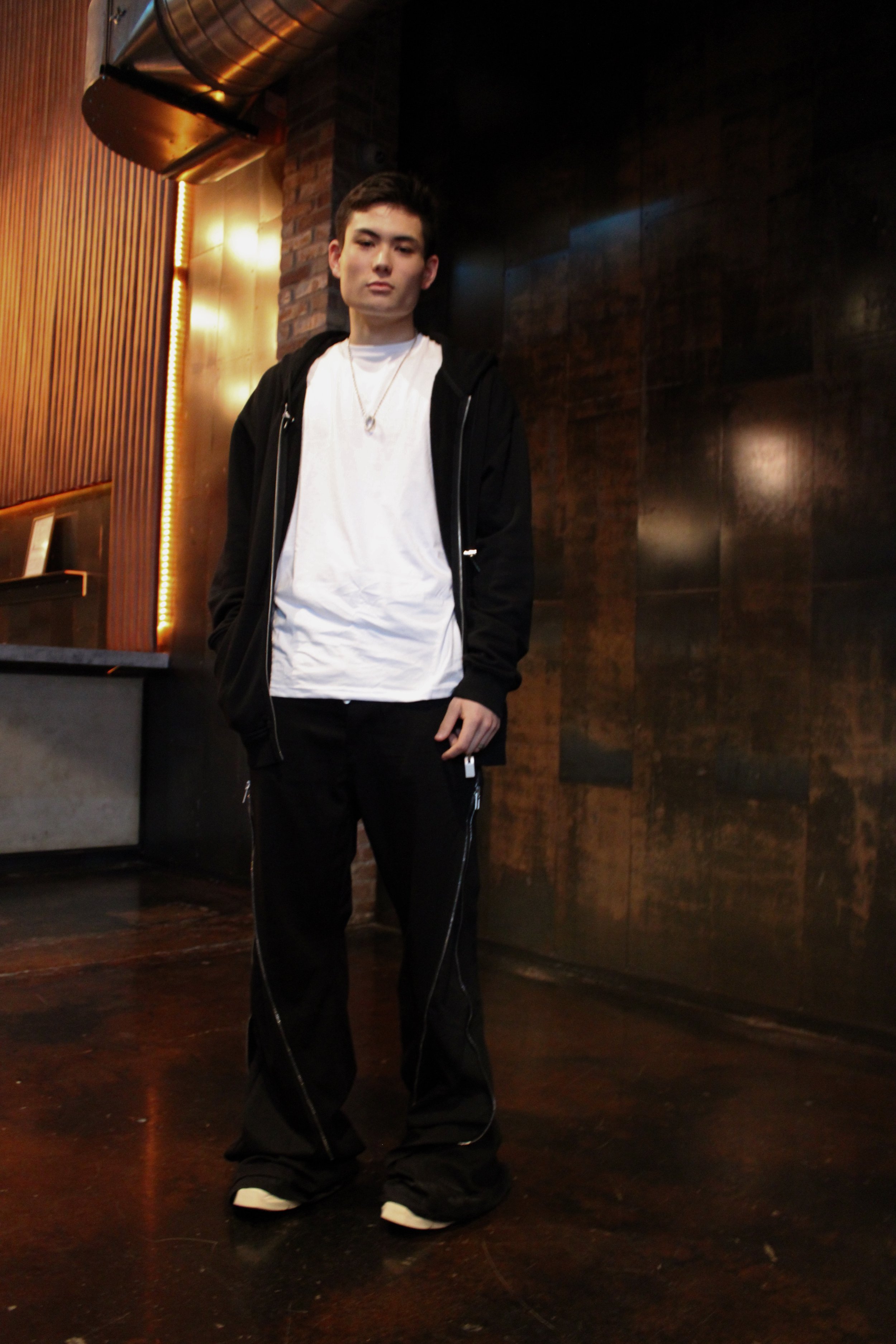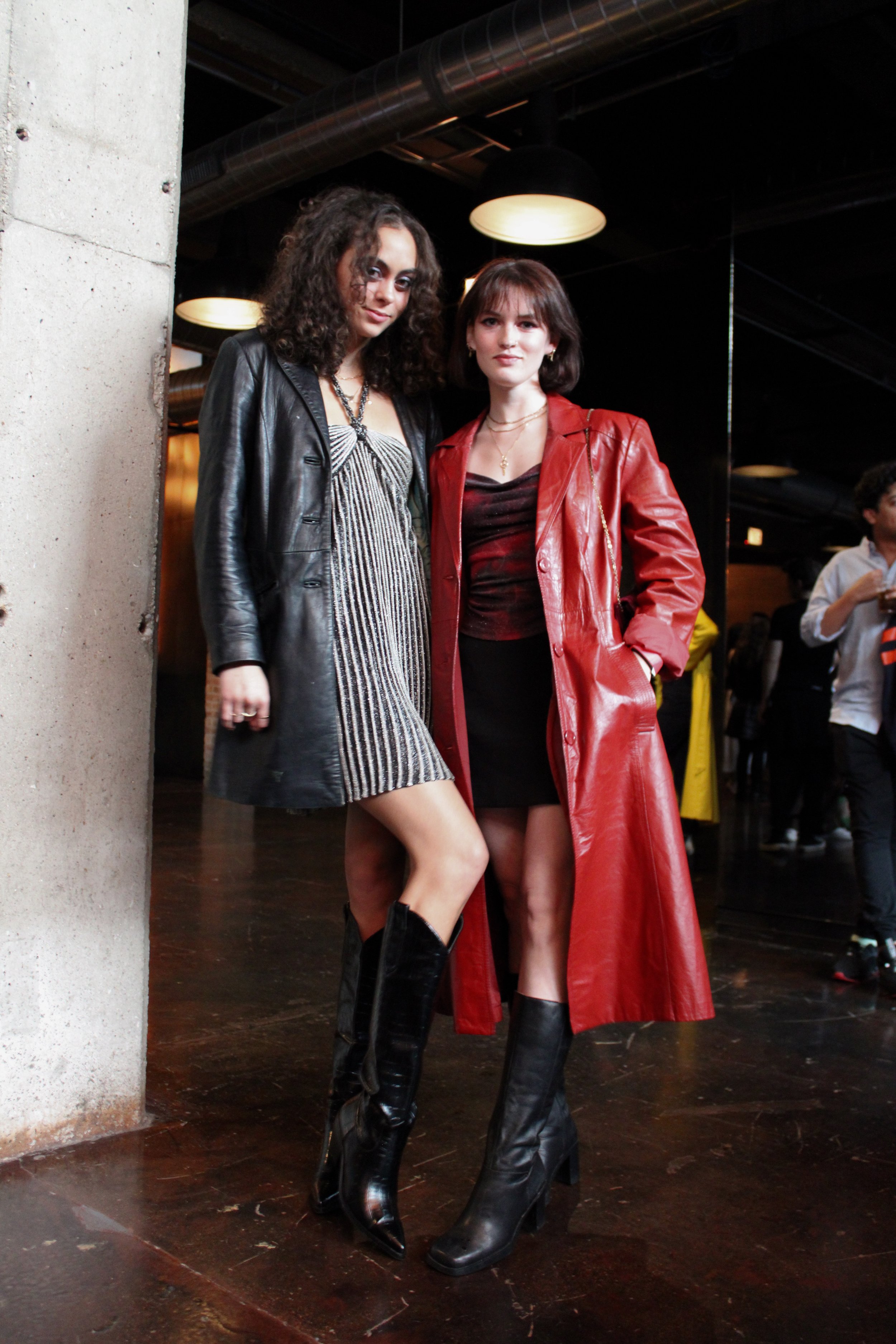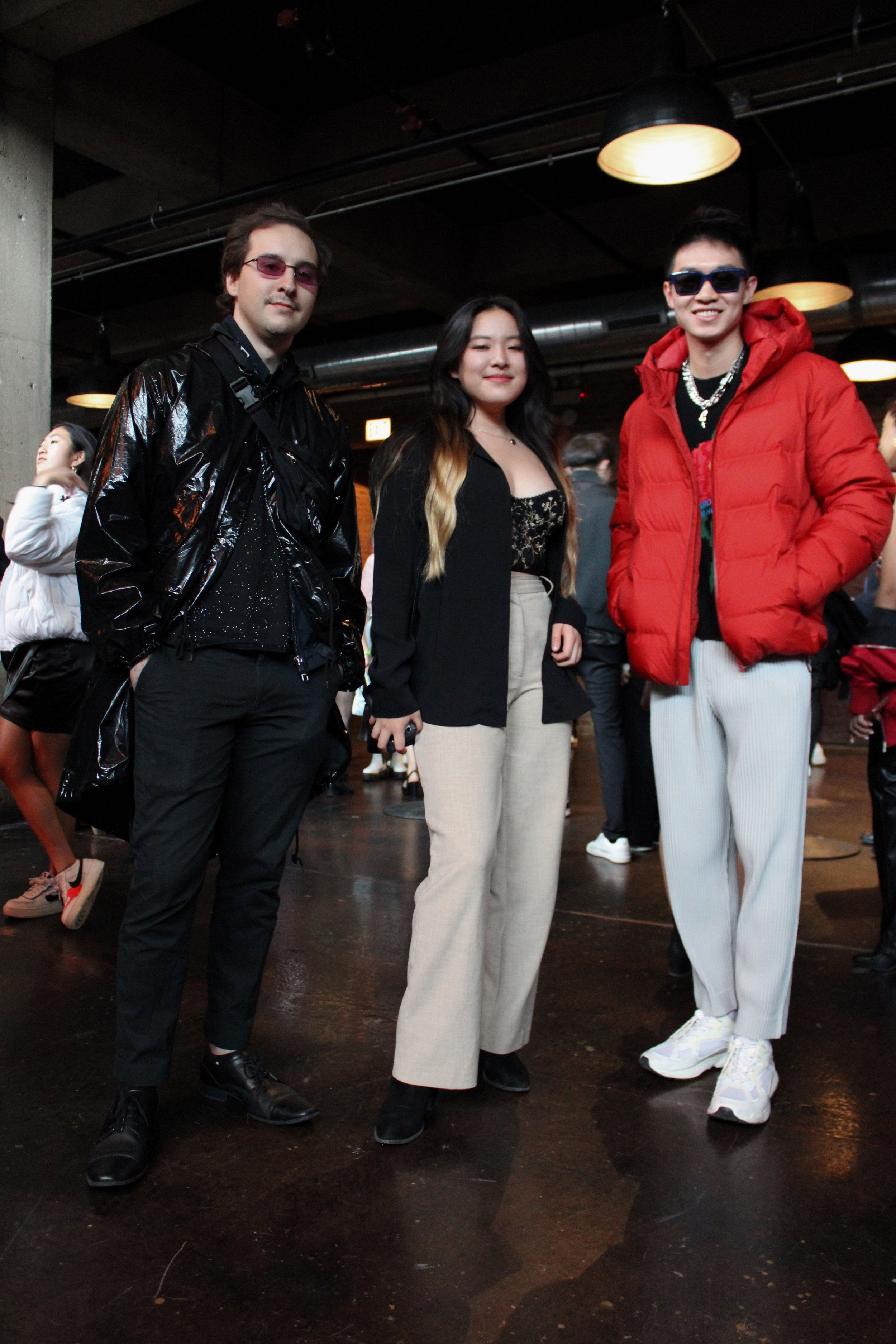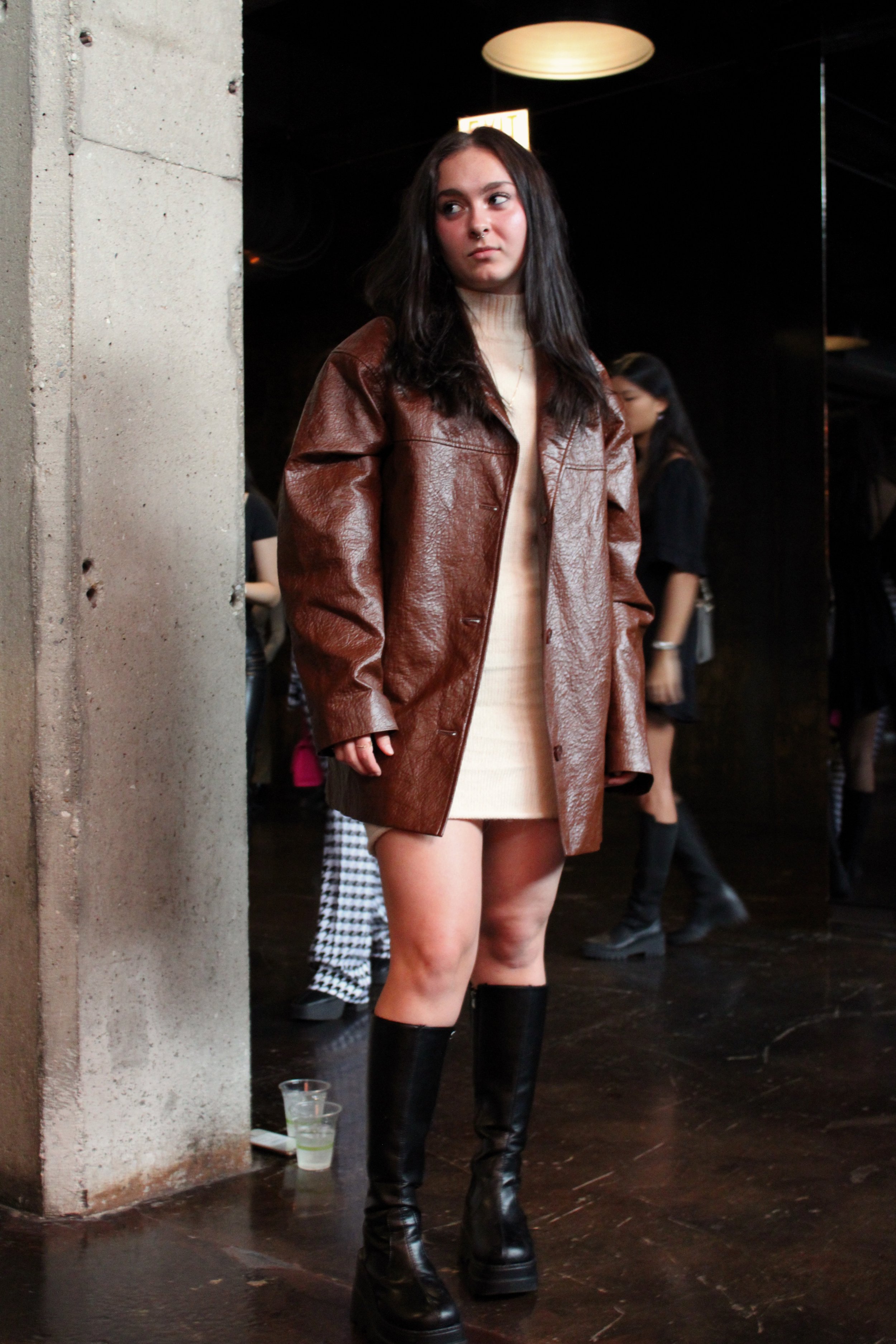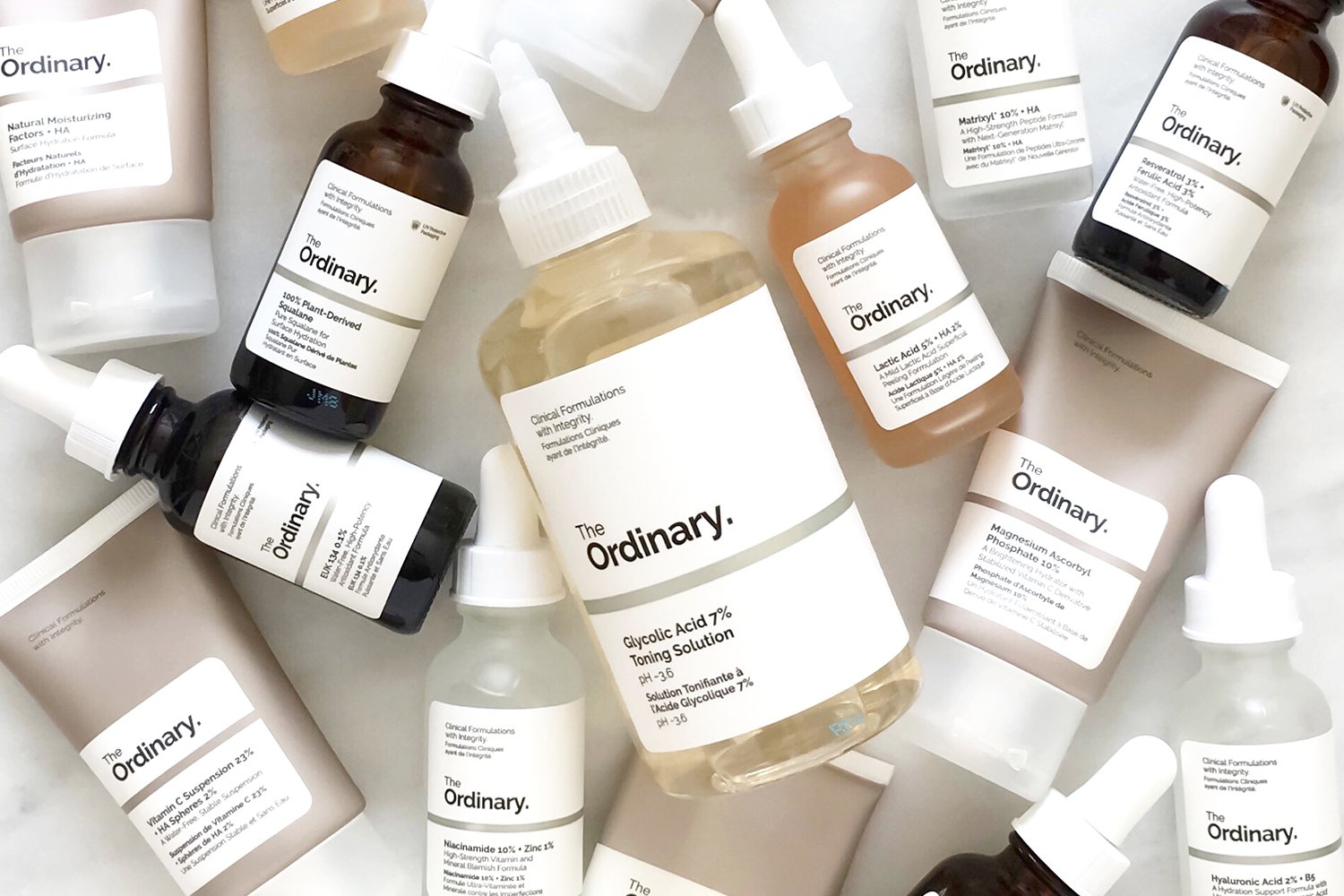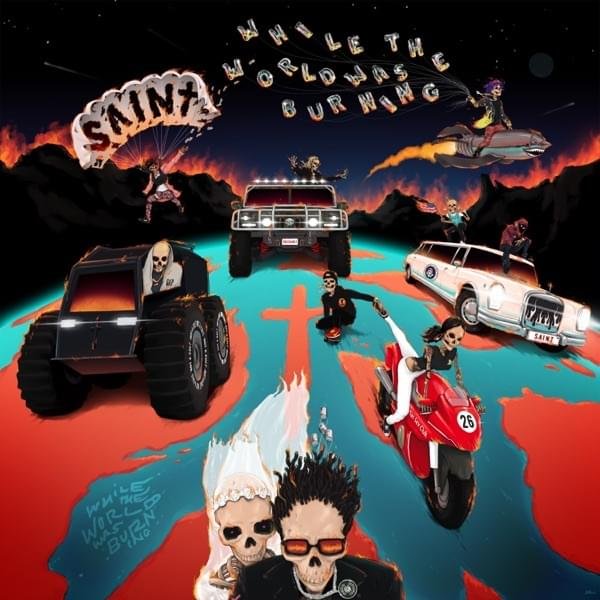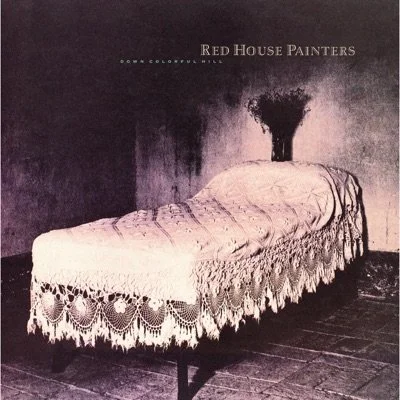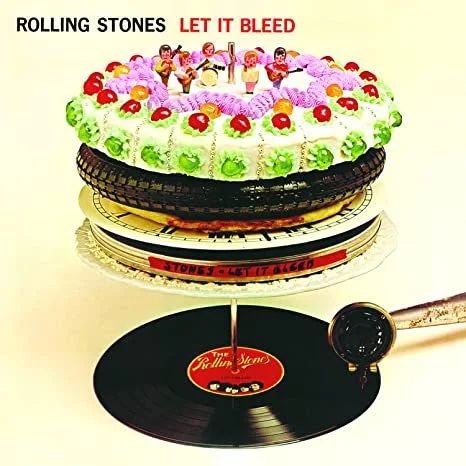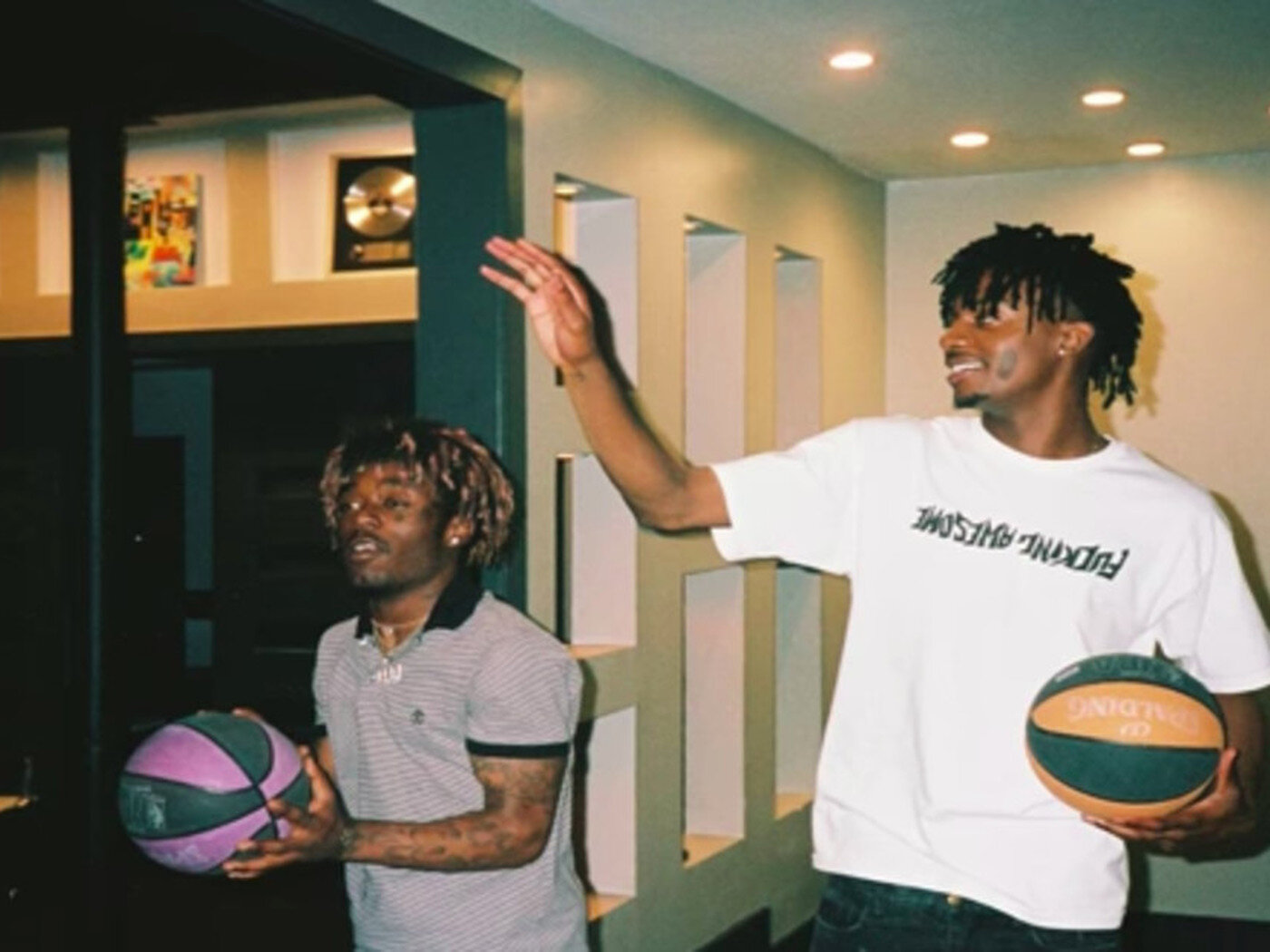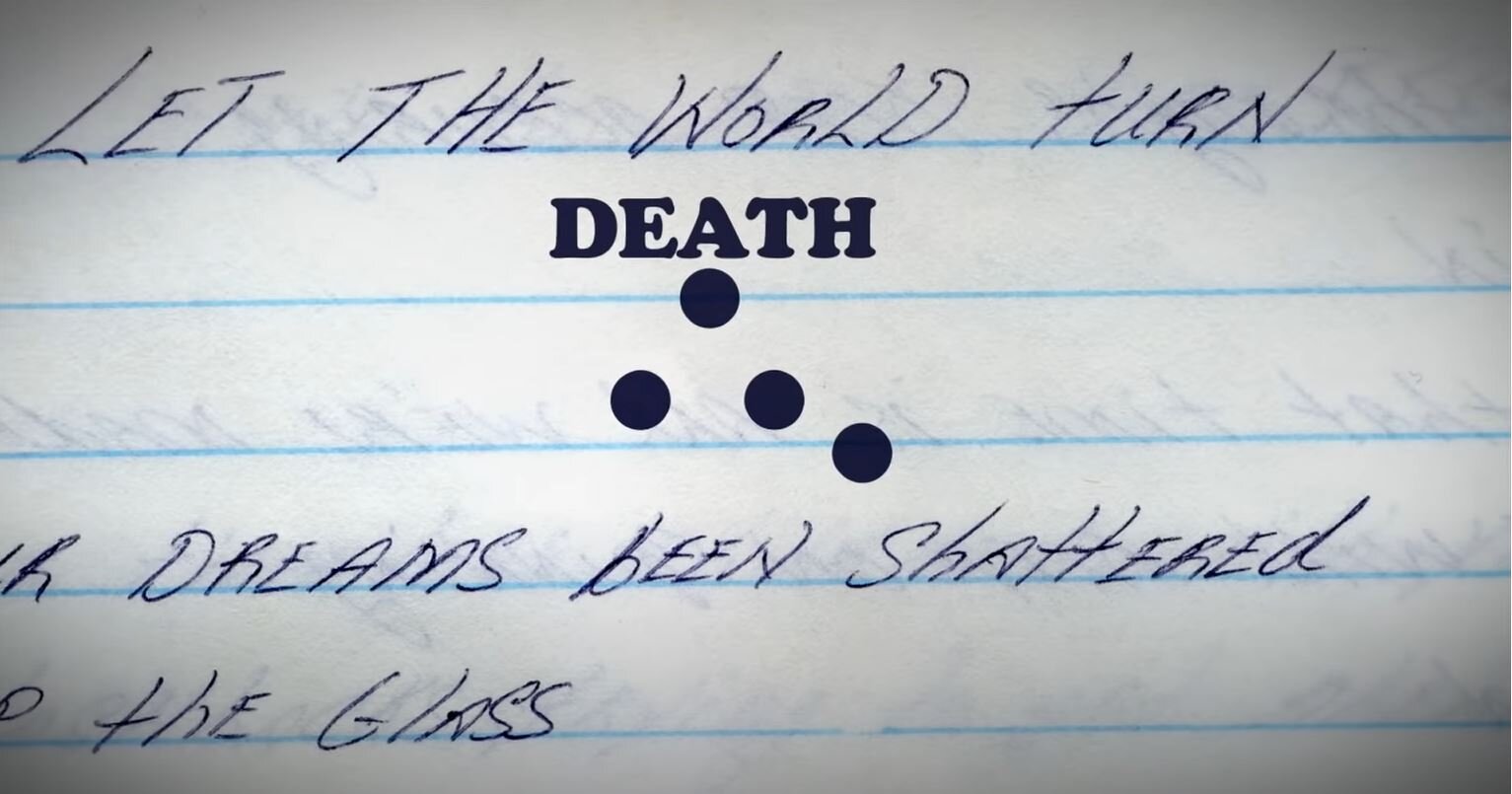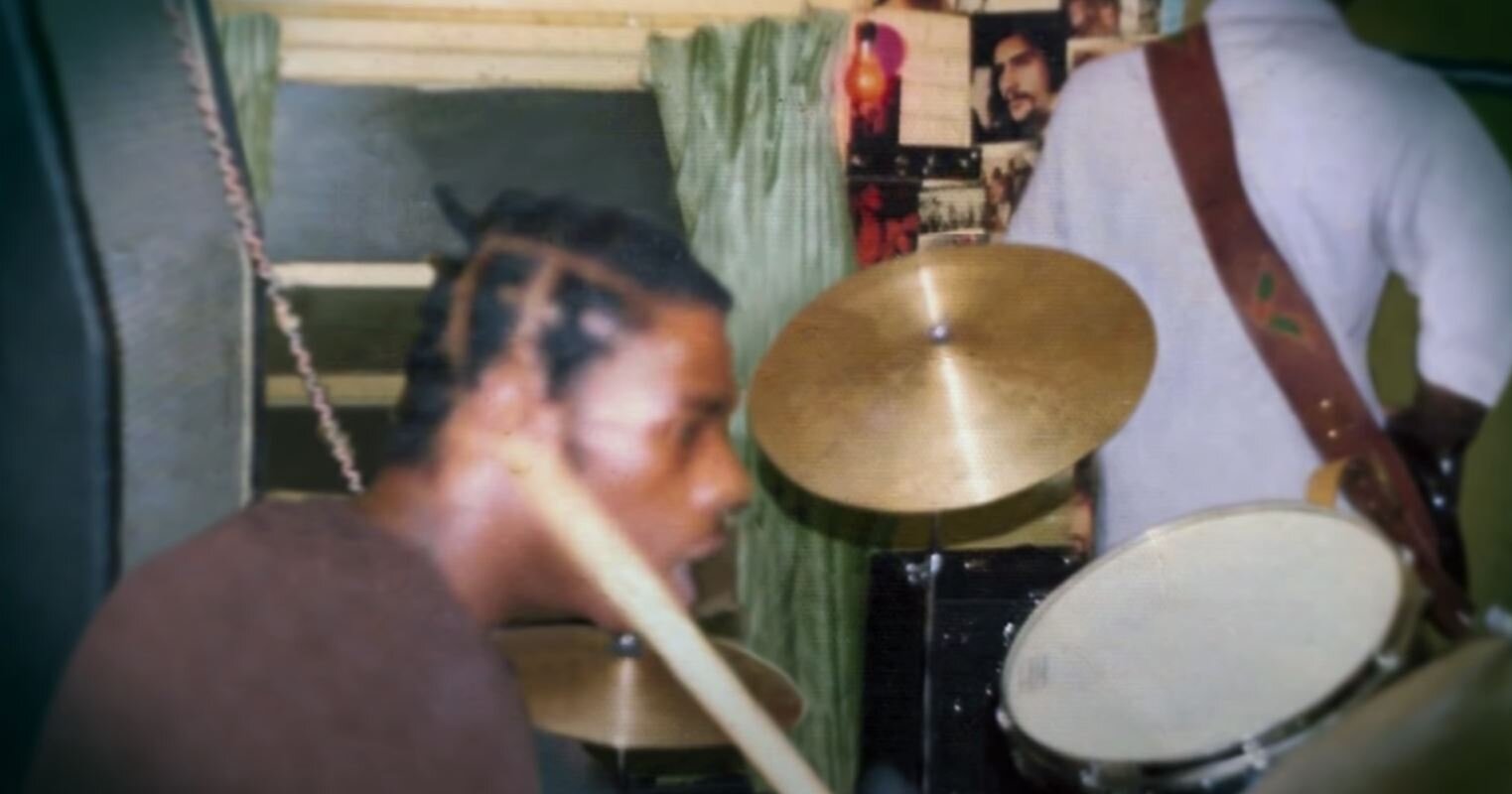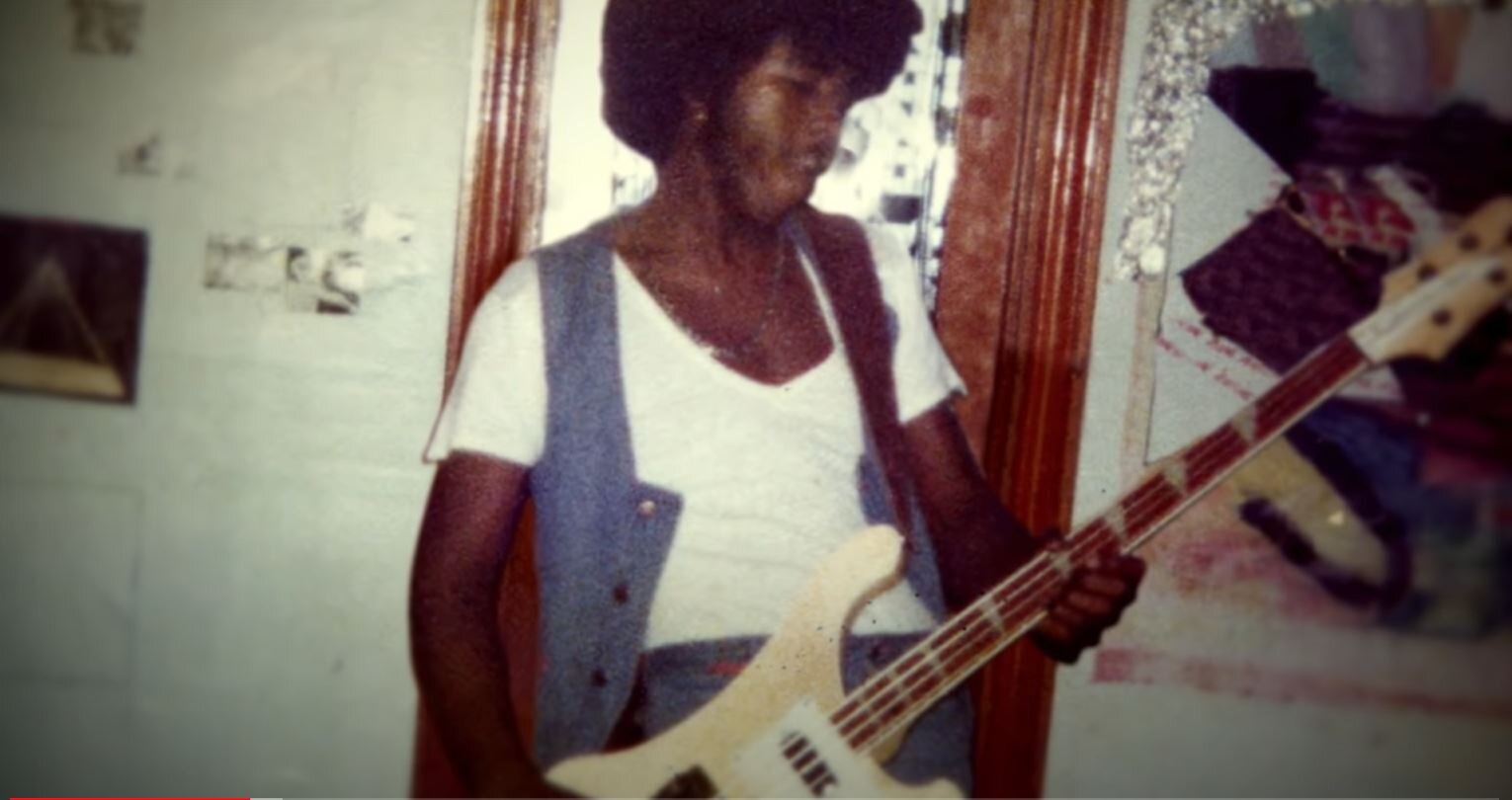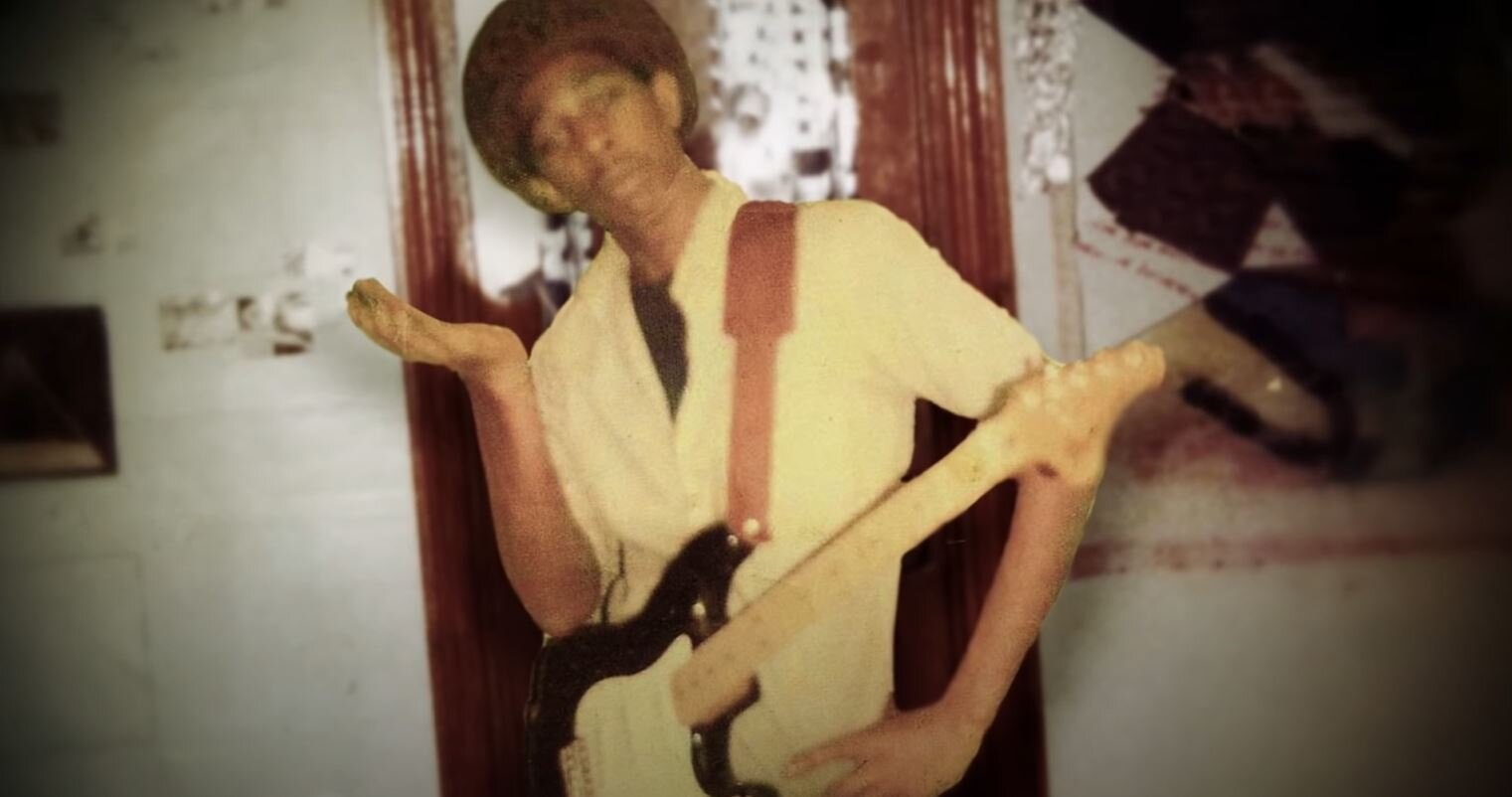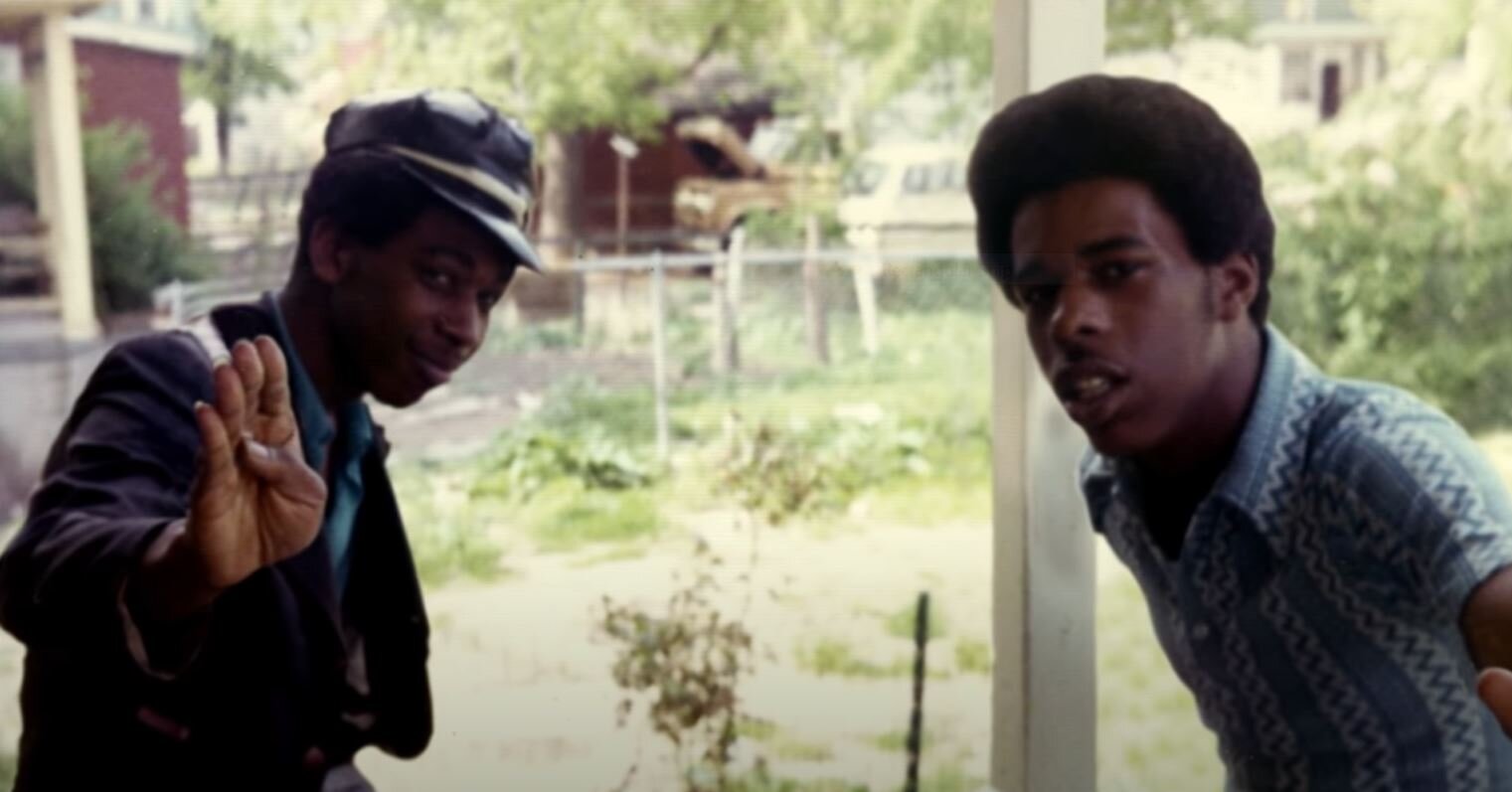It’s been five years now since Tom Holland’s first appearance in Captain America: Civil War as web-slinging teenager Peter Parker, a down-on-his-luck superpowered teenager idolizing the larger-than-life Avengers and trying to make a difference protecting his community. By now, Spider-Man’s most recent cinematic reincarnation is a worldwide sensation, a statement only made more true by the most recent blockbuster success of No Way Home. The success of the movie is deserved— the fast-paced action, gorgeous (if heavily computer-generated) cinematography, satisfyingly fleshed-out side characters, and the “surprise” appearance and instantly hilarious camaraderie of Tobey Macguire and Andrew Garfield as alternate universe Spider-Men make this an incredibly enjoyable film. Unfortunately, though, the movie falls short in one respect— Peter Parker himself. For even in the midst of the fun and the spectacle of the film, something rings false. The discrepancy is slight, but glaring, and gradually it becomes increasingly clear that the writers have abandoned the development of the protagonist they began to build five years ago. By the end of the film it is painfully obvious: Spider-Man: No Way Home has let its titular character down.
To see how this happens, it is perhaps worth revisiting Peter’s first appearance in a solo movie— 2017’s Spider-Man: Homecoming. In this origin story, the protagonist was simply Peter Parker from Queens, a down-on-his-luck superpowered teenager returning home from an unexpected trip to Germany, idolizing the larger-than-life Avengers he had just brushed shoulders with and now bursting with a desire to make a real difference protecting the world, just as his heroes did. He was enthusiastic, but inexperienced and awkward, which led to ineffectiveness and sometimes to him doing more harm than good. By the end of that movie, he had learned through experience the indisputable importance of experience in the process of realizing good intentions. This newfound maturity was shown clearly when at the end of the film, he walked away from the offer to join the Avengers because he realized that at that point in his life, he wasn’t ready.
This maturity carried over into the next film, when we saw Peter Parker dealing with grief. He journeyed to space to fight against Thanos with the other Avengers, lost five years of his life because of it, and in Far From Home, we saw him reeling after the death of his mentor, Tony Stark. This added a new layer of challenge to the maturity he has won; now, he found himself dealing with a new kind of vulnerability, and it was one that caused him to doubt himself and left him open to be manipulated by the movie’s central villain, con man Mysterio who used Peter’s feelings of guilt, regret, and inadequacy to convince him to hand over Tony Stark’s legacy. This one honest mistake nearly destroyed the world, and so Peter had to learn quickly to trust what he knew to be true in the face of skilled manipulation and gaslighting. This incredibly necessary self-assurance was hard-won as Peter realized through painful mistakes that he has to trust his own hard-earned abilities and his strongest relationships in the face of manipulation and gaslighting if he wants to succeed. It’s a powerful message, and he finally triumphed as he learned to utilize his intuition and be thoughtful, intentional, and selective about what— and who— he allows to sway his actions and beliefs.
This brings us to the beginning of the most recent film, No Way Home. By now, the Peter Parker we see onscreen has come a long way from the first time we met him. He knows the world is infinitely more complicated than any one person can know, but he deeply respects its complexity. He knows that his best assets are the abilities and knowledge that he has fought hard to win, and he trusts these things thoroughly. He is no longer naive, overconfident, or easily misled, and he understands that actions can have incredibly heavy consequences. Peter Parker has grown immensely from the beginning of his storyline. He is more than competent now; he is cautious and aware, both of his surroundings and of the weight attached to any course of action he can choose.
It is jarring, then, that the entirety of No Way Home is built around Peter Parker making a rash decision without attempting to understand the consequences. Barring the unlikeliness of Doctor Strange complying, it is inconsistent that Peter would request and condone the rewriting of the memory of the universe to correct his mistake. The excuse the movie offers is that he was desperate; he was the reason his best friends had not gotten into college, and the guilt pushed him to act rashly— an excuse that might work had the previous movie not been centered around Peter learning to act rationally despite the pressures of guilt. Furthermore, a student as logical, analytical, and intelligent as Peter is shown to be would likely have familiarized himself enough with the admissions process to realize that a person can, in fact, apply to college more than once, can transfer from one college to another, and can contact admissions officers about extenuating circumstances. Finally, and most importantly, the sequence of events we are presented with is fundamentally nonsensical. However poignant the effects of desperation may be, it is inherently out of character for Peter Parker to make an uninformed, selfish decision when the entirety of his character arc over the last five years has been carefully tailored to establish that he is neither uninformed nor selfish. Spider-Man is a deeply caring individual, and he possesses a hard-won maturity. It makes no sense for him to reach for a quick fix, and it makes even less sense for him to gamble the fate of the multiverse over a college acceptance letter.
This sudden abandonment of a thoughtfully-crafted character arc reflects a growing trend in the MCU— the tendency to ignore what they have established, whether in their universe or in their characters, in order to usher the world forward into the next “phase”. We are now, according to Marvel’s outline, in the fourth phase, which includes WandaVision, Loki, Shang-Chi and the Legend of the Ten Rings, Eternals, and several other shows and movies yet to come. In almost all of these, Marvel reaches for the quick fix— in WandaVision, Wanda’s unethical actions are excused as the fault of a surprise villain who is then immediately disposed of; in Loki, an interesting attempt at expanding the rules of the universe ends up a nonsensical mess that was the fault of a villain who was, again, immediately disposed of; in Shang-Chi, the characters’ development is handled brilliantly, but this is allowed very little consequence in the grander scheme of things; in Eternals, not a single person is more than a caricature, and they act not as people but as plot devices fighting yet another computer-generated and oddly-named villain who conveniently disappears at the end of the movie. None of these films or series are inherently at fault for this— or rather, they wouldn’t be if they existed in a vacuum as standalone action movies. But the fact is that they don’t; each installment is meant to play into the larger story of the MCU. That can’t happen if every character’s development starts from ground zero whenever the plot requires it. No Way Home is an especially striking and worrying example, because so much effort was put into the development of the character’s motivations over the course of the previous films, and regardless, this development was so quickly abandoned. The lack of hesitation that Marvel displays when cracking the structure they have established in favor of momentary plot convenience shows an unsettling willingness to sacrifice the universe they have spent decades building in exchange for fleeting thrills.
Not all of this, of course, is the fault of No Way Home. Overall, this film was well-made, artful and entertaining. It was full of brilliant choices— the subversion of the expected outcome when MJ fell and was caught by Andrew Garfield, and was more rattled by his tearful reaction than the fall itself, was artfully done. Peter’s loss of his friends and his selfless decision to let them forget him was a striking touch. The brotherhood, confusion, and mutual support offered between the three versions of Spider-Man was hilarious and incredibly gratifying, and the continuation of the twists on home as a theme was well-crafted. The movie certainly has strengths on its own and in relation to its audience, and it’s enjoyable to watch. But on a larger scale, a narrative universe that defies its own foundations isn’t one that lasts, and if the MCU is going to attack one of the fundamental pillars of storytelling— character development— they should form a pretty ironclad plan for what to replace it with. Spider-Man: No Way Home didn’t, and that’s why, as entertaining as it was, it ultimately fell flat. I hope that the writers and directors find a way to return to or substitute for this, or the future of Marvel’s storytelling runs the risk of becoming fragmented— or, in the worst-case scenario, directionless entirely.

